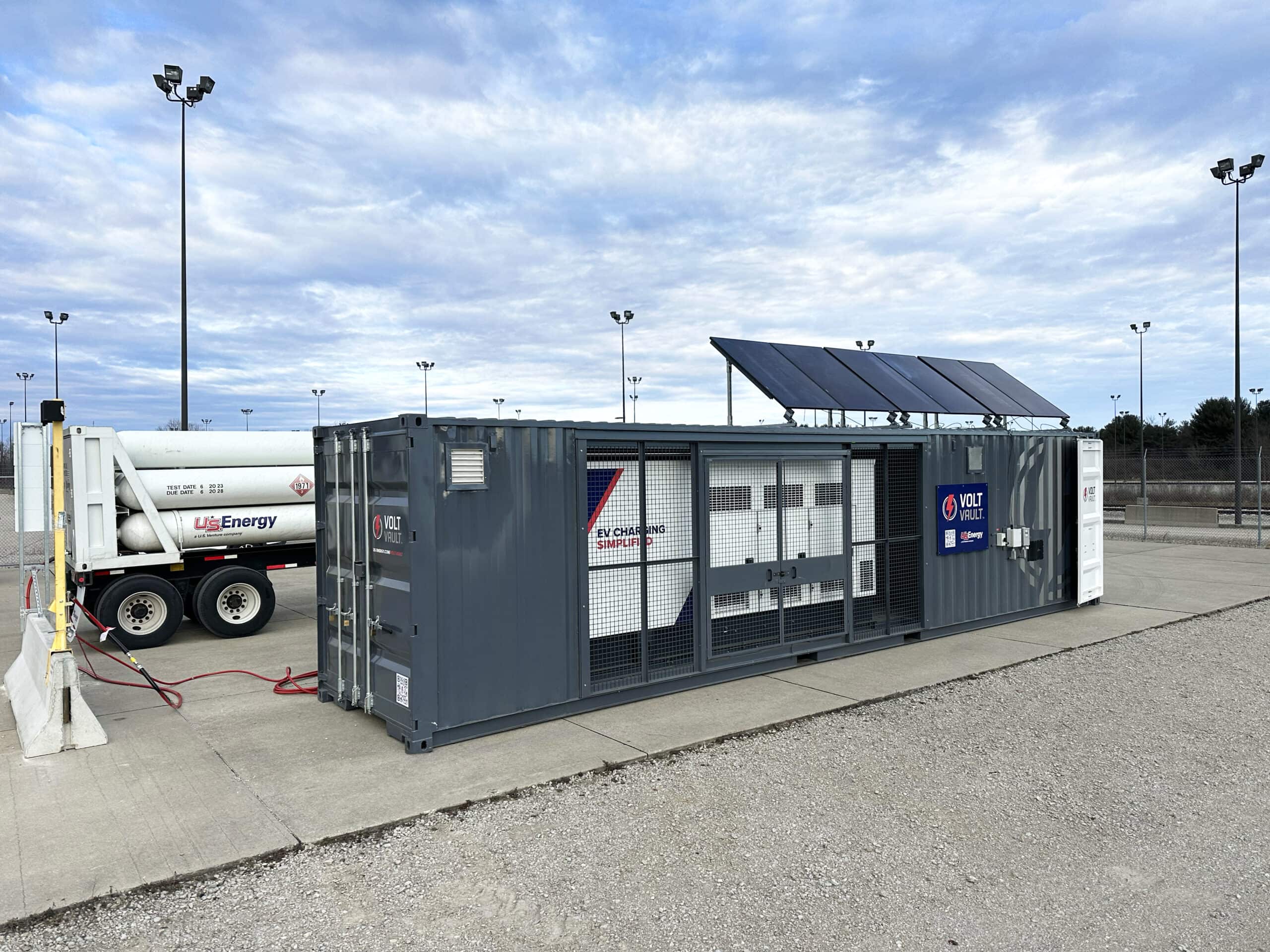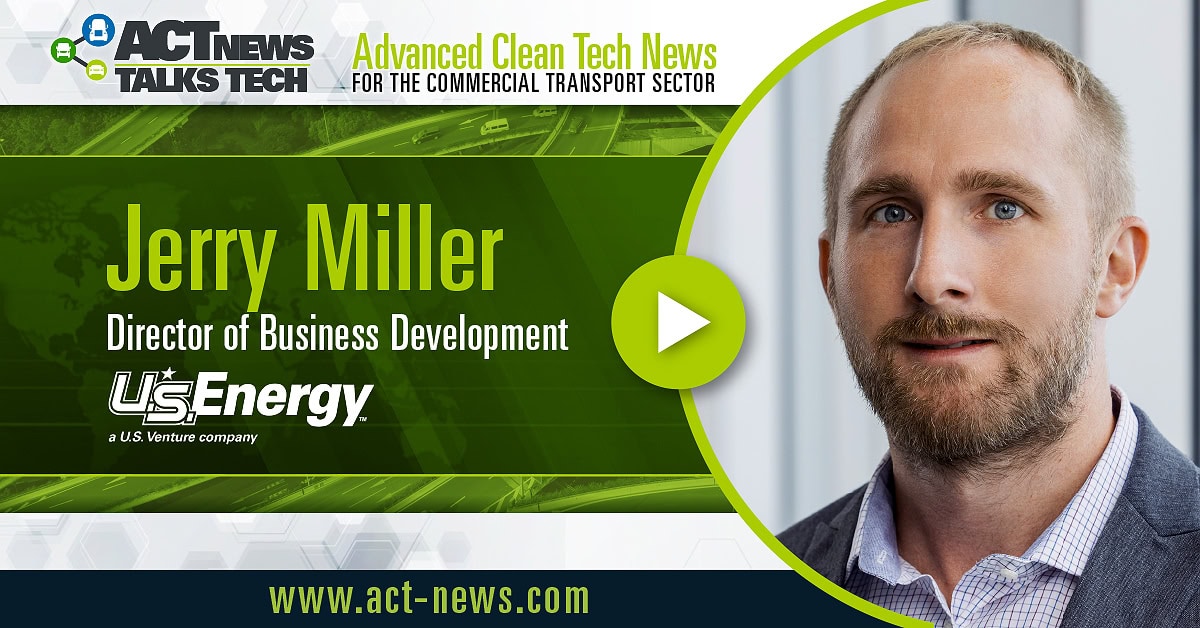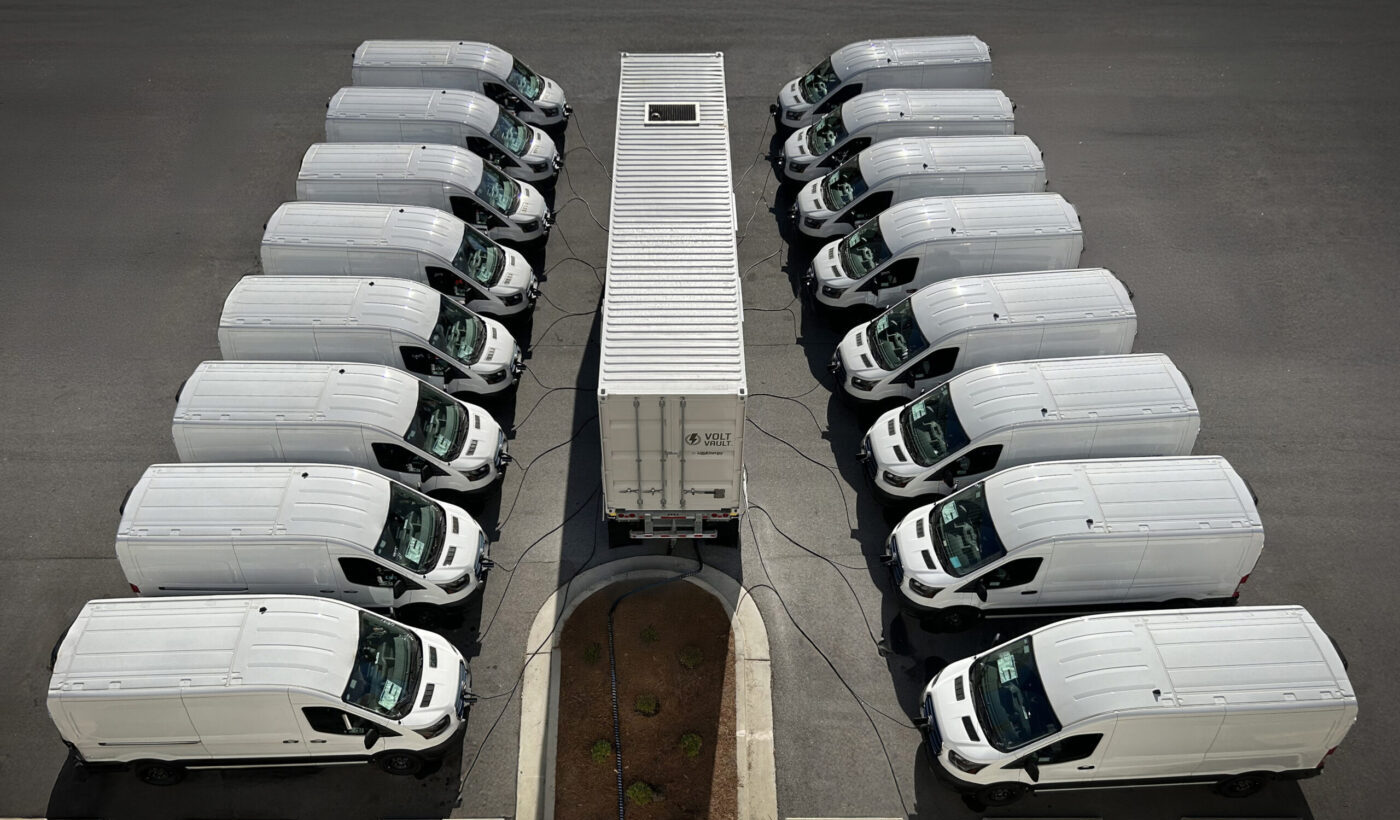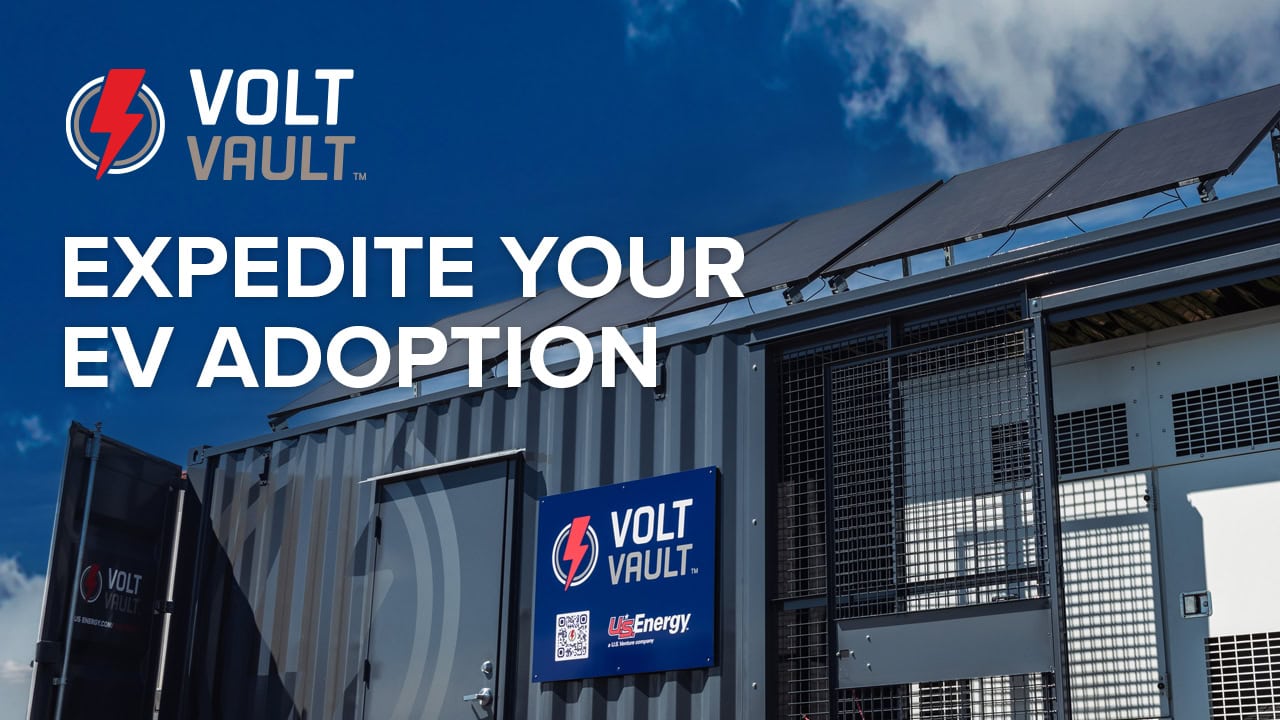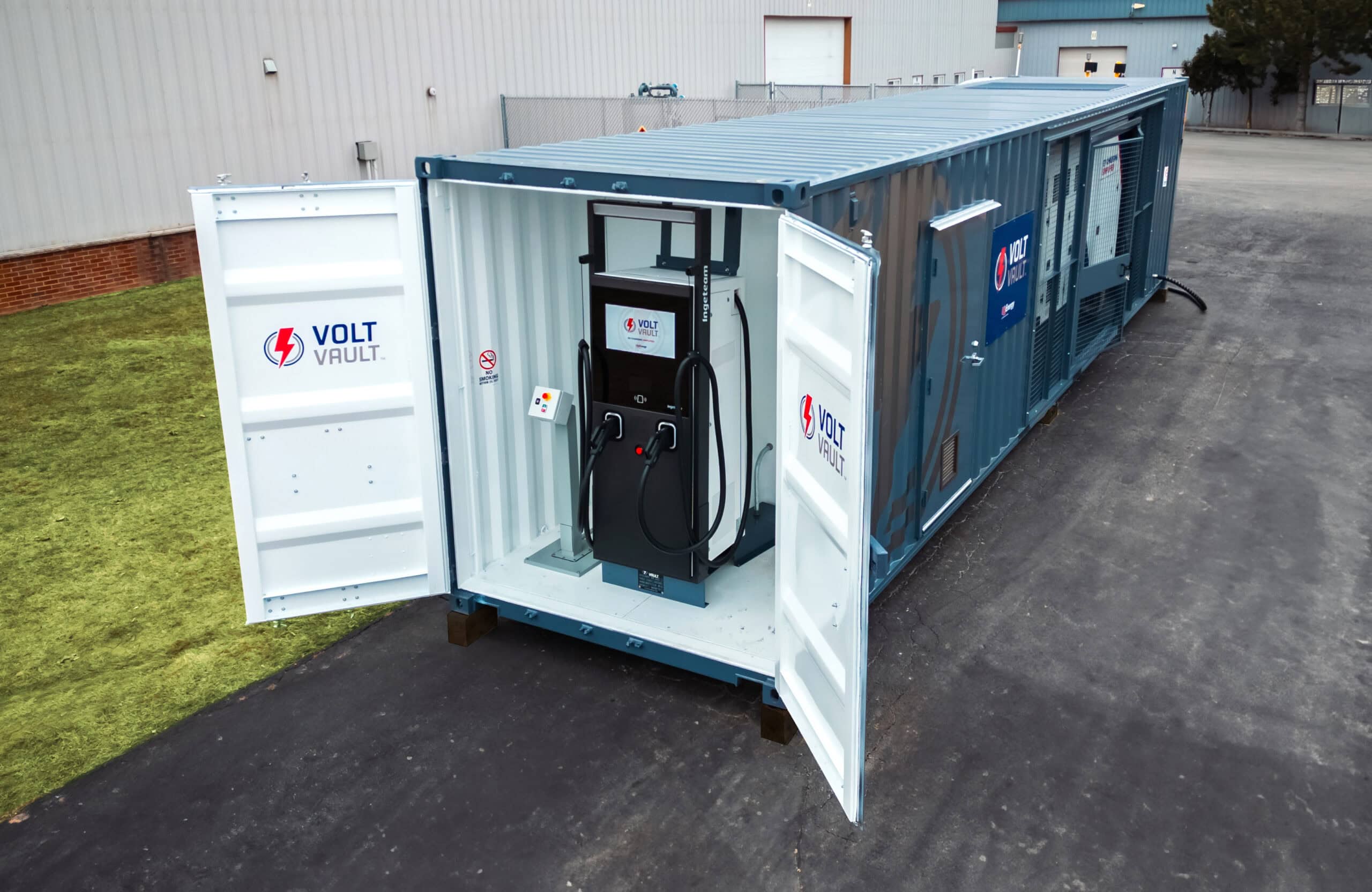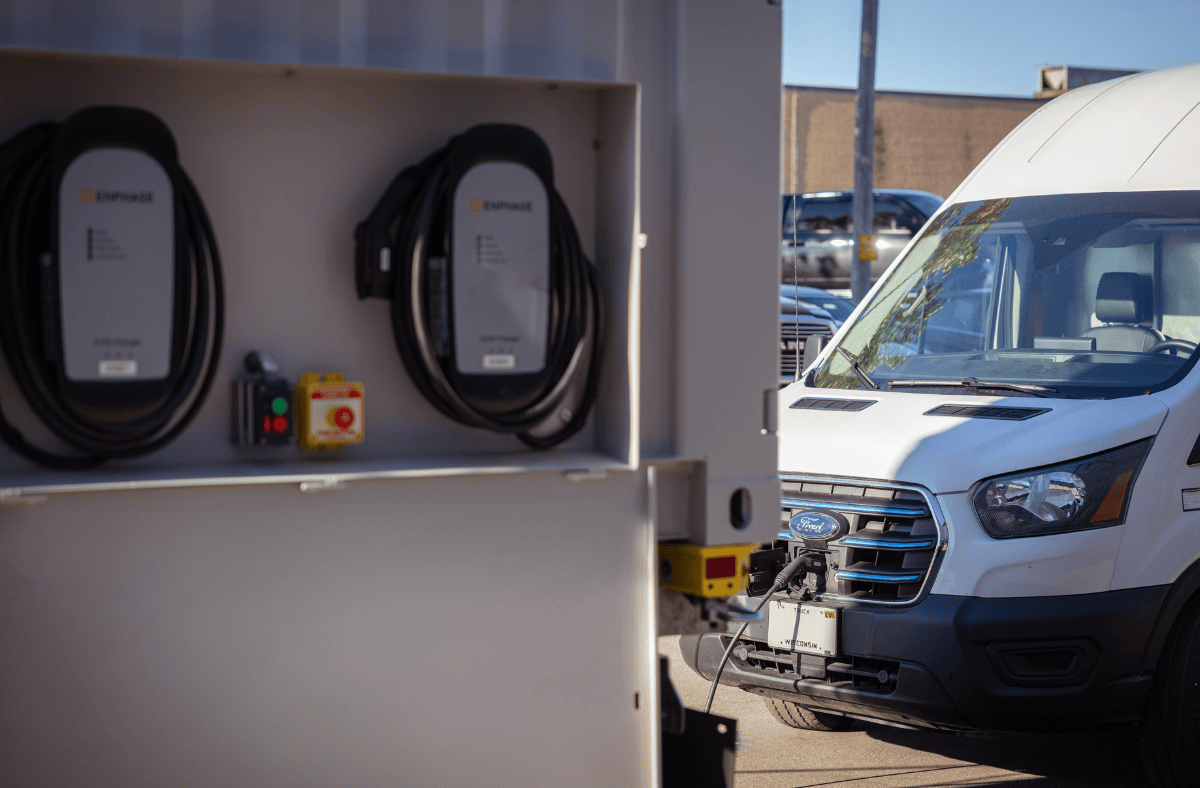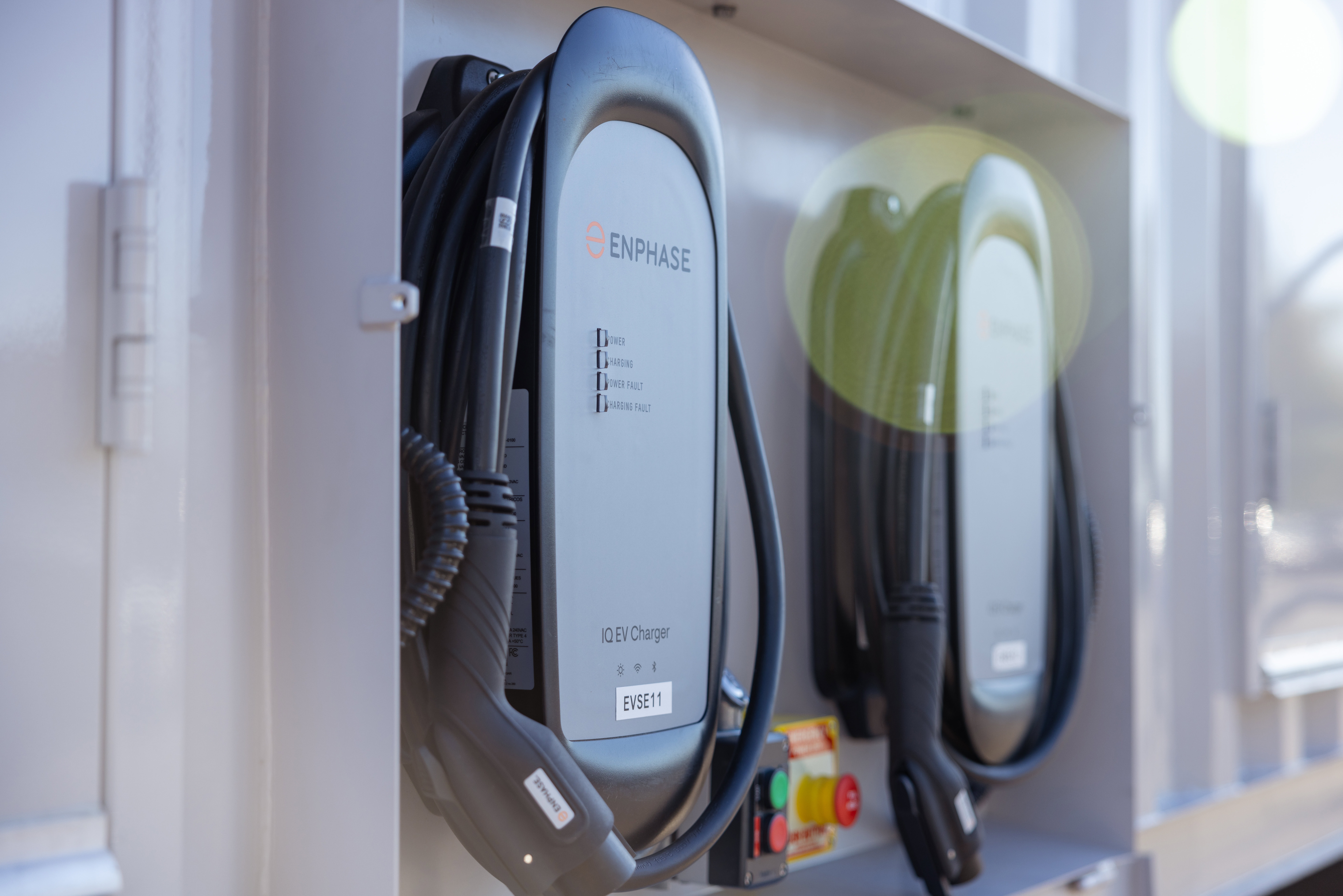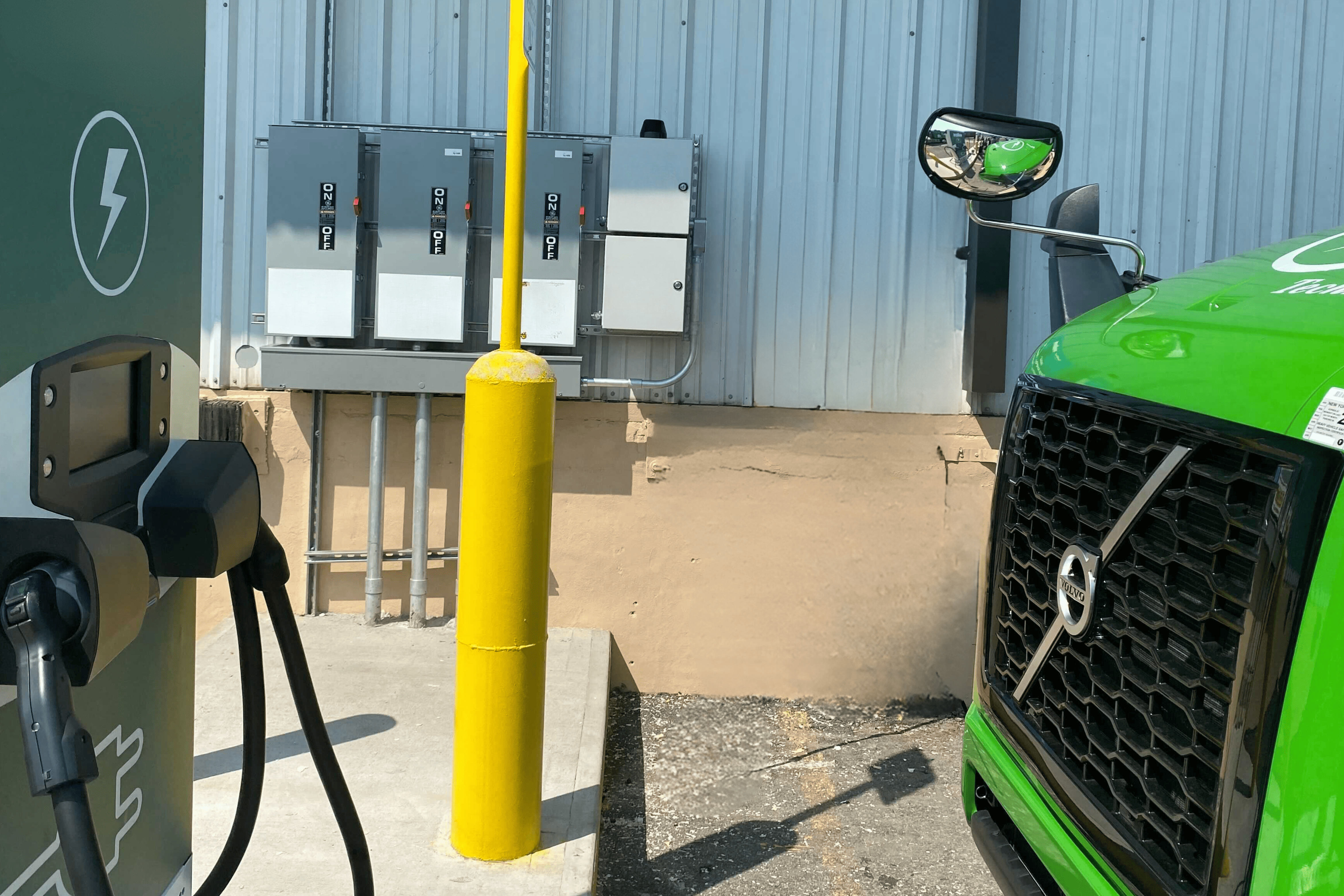Education Center / Most Common EV Charging Mistakes
Blog
Category: Electric Charging
Most Common EV Charging Mistakes
Electric vehicles are here for many commercial applications and emerging for others, but the question remains: are fleets ready? Vehicle manufacturers have been diligently working to expand fleet access to electric vans, trucks, and buses. As of January 2021, there were 44 electrified medium-duty models, 24 heavy-duty, and over 40 bus models on the market. However, as fleets incorporate electric vehicles into their operations, many struggle to achieve those anticipated total cost of ownership benefits initially expected, due to three common EV charging issues. Read further to learn why.
MISTAKE #1: OVERLOOKING CHARGE MANAGEMENT
Imagine returning to your electric vehicle only to find the charger lost connection and now, you have a dead battery. In this case, you might now have to charge during peak demand hours which translates to incredibly high charging costs. Or maybe you don’t have to imagine that because it already happened. This is where many realize the importance of charge management.
Did you know there’s a difference between building a charging site and building a managed charging site? Well, there is… a big difference, in fact. Managed charging sites can shift peak loads, tapping into the lowest electricity rates possible to avoid demand charges which is often referred to as charge management. Additionally, this approach enables fleet managers direct insight into vehicle charging status, vehicle diagnostics, and electric consumption. Ultimately, charge management provides fleets with the effective, efficient charging experience they envisioned.
MISTAKE #2: IGNORING RENEWABLE ENERGY BENEFITS
Perhaps you have a charging site, but is it operating at maximum efficiency? Through the procurement of renewable energy credits (RECs), utilization of wind and solar, as well as evaluation for renewable natural gas (RNG) as a feedstock to electricity generation, your charging site’s carbon footprint can dramatically decline, leading to environmental and economic benefits.
Purchasing electricity directly from off-grid generation facilities, like solar could yield high cost savings. In addition, selling power stored in EV batteries back to the grid during periods of peak demand not only lessens maximum loads, but allows EV owners to capitalize on high electricity prices (McKinsey). Again, helping fleet operators avoid extra costs while maintaining a reliable charging platform.
Additionally, site utilization of renewables amplifies credit generation possibilities and ultimately, financial returns in regions with clean fuel programs like California and Oregon. Economic benefits of these programs are key to continued adoption of alternative technologies within the transportation sector. Further, we expect more clean fuel programs to solidify in the near-term.
MISTAKE #3: IMPROPER PLANNING
While electric vehicle manufacturers have made great strides over the past several years, charging infrastructure is still in its early stages of development and installation. Thankfully, a plethora of technology providers realize the need for fleet charging and have tossed their hat into the ring. However, amid the luxury of choice, fleets can feel overwhelmed on charging and in some cases, select the wrong charging site configuration and face headaches down the road.
Key items to consider in your EV charging site include the following:
- 1. Fleet Size: Current and potential future expansion
- 2. Fleet Needs: Battery charging requirements, route dynamics, idle times
- 3. Utility: Grid integration and potential transformer upgrades
- 4. Fueling Portfolio: Current fueling offering and future plans to add additional solutions
Additionally, as EV charging continues to evolve and gain in popularity, delays for permitting, construction, and utility timelines are projected. Building relationships with utilities and early involvement with service providers like U.S. Energy can help you leverage experience and relationships moving forward.
According to FleetOwner, being able to better understand route predictability, maintenance costs, and design a facility for future growth will all aid in avoiding unexpected equipment maintenance, increased costs, and charging challenges. Therefore, planning ahead for where you are today and where you want to be is key.
WHAT’S NEXT?
Your fleet can absolutely obtain an efficient, effective electric vehicle charging experience. By considering charge management, using renewable energy solutions, and proper planning, not only will your fleet operate more efficiently, but you’ll notice efficiencies throughout your businesses and beyond. Learn more about which use cases of electric are here and now. We can help you outline your ideal fueling portfolio—all while obtaining the emission reductions you seek.



